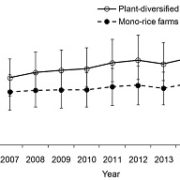
Diverse border crops and neighboring crops aid urban agriculture (eLIFE)
Plant Science Research WeeklyAs more people move to cities, urban agriculture will make larger contributions to food security. There has been little investigation on the role of plant biodiversity in urban agricultural systems. Wan and colleagues use monitoring data collected from community farms in Shanghai, China, to investigate…

Strategic seed sourcing will enable species to better adapt to changing environments (eLIFE)
Plant Science Research WeeklyYellow box, Eucalyptus melliodora, is an iconic Australian tree and foundation species of a critically endangered woodland community that is the target for restoration efforts. This community is currently severely fragmented, and less that 5 % of its original distribution remains. Models of climate prediction…
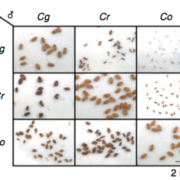
Variability of paternally imprinted gene expression linked to hybridization failure in Capsella (Nature Plants)
Plant Science Research WeeklyHybrid seed lethality represents a major reproductive barrier in angiosperms and facilitates species divergence over evolutionary times. Hybrid seed lethality is mainly due to defective endosperm development, leading to embryo arrest. Hybrid seed defects show a parent-of-origin effect, but the underlying…
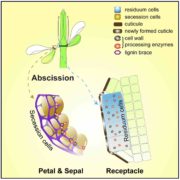
Discarding unwanted organs is a highly regulated process in plants (Cell)
Plant Science Research WeeklyPlants frequently, seasonally, discard unwanted organs (termed abscission), which include dead leaves, flowers and ripe fruit. Abscission requires tight control to avoid exposure to biotic and abiotic factors, which can lead to tissue damage or infection. Due to the presence of the cell wall, plant cells…
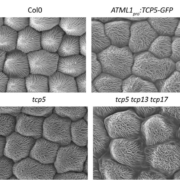
Novel functions of TCP5 in petal development and ethylene biosynthesis (Plant J.)
Plant Science Research WeeklyThe flower is one of the most important organs of a plant as it provides fruits and seeds. Due to its economic value, flowers are studied extensively to understand its developmental process. Based on the popular ABC model of flower development, floral organ development is mostly regulated through the…
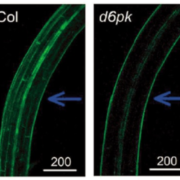
Roles of AGCVIII kinases in the hypocotyl phototropism of Arabidopsis seedlings (Plant Cell Physiol.)
Plant Science Research WeeklyPhosphorylation and de-phosphorylation are fundamental events for signal transduction. Phytohormone and light signaling are no exception in this case. Plants face towards light by creating lateral auxin gradient between exposed and shaded sides. This asymmetric auxin distribution is mediated through…
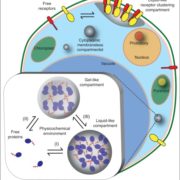
Review: Organization out of disorder – liquid-liquid phase separation in plants (COPB)
Plant Science Research WeeklyWithin cells there are vast numbers of different activities and processes occurring simultaneously. In eukaryotic cells, some of these processes are segregated into distinct membrane-bound compartments. Cuevas-Velazquez and Dinneny review how membraneless compartments also contribute to subcellular organization,…

What We're Reading: June 8th
Blog, Research, Research Blog, WWR Full PostGuest editor: Danielle Roodt Prinsloo
Danielle is a PhD candidate in the Forest Molecular Genetics (FMG) Programme at the University of Pretoria, South Africa. She has been a Plantae Fellow since September 2017, having joined after attending her first ASPB Plant Biology meeting. Danielle is a plant…
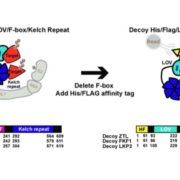
Decoys untangle complicated redundancy and reveal targets of circadian clock F-box proteins (Plant Physiol)
Plant Science Research WeeklyThe processing of the circadian clock requires that regulatory proteins are ubiquitinated and degraded, through their interactions with F-box proteins. Lee et al. used a decoy strategy to characterize the targets of three related F-box proteins involved in clock function, ZTL, LKP2 and FKF1, which genetic…

